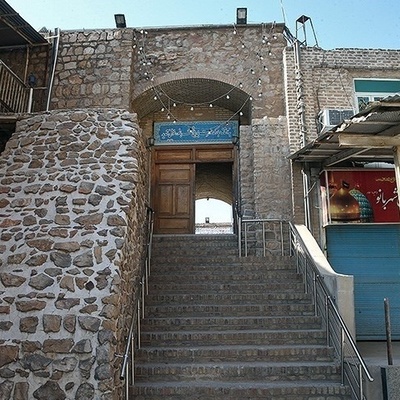SAEDNEWS: On the margins of the Shanghai Cooperation Organization summit, Iran’s Foreign Minister Seyed Abbas Araghchi engaged in a high‑level bilateral meeting with Chinese President Xi Jinping, underscoring deepening Tehran‑Beijing ties.

According to Saed News, Iranian Foreign Minister Seyed Abbas Araghchi met Chinese President Xi Jinping on the morning on the sidelines of the 25th Meeting of Foreign Ministers of the Shanghai Cooperation Organization (SCO) in Beijing. The tête‑à‑tête preceded a broader session involving all SCO foreign ministers, signaling Tehran’s intent to cement strategic partnerships amid shifting global alliances.
During the brief bilateral encounter, Araghchi and Xi reviewed the trajectory of Iran‑China relations, which have accelerated in recent years under a 25‑year cooperation agreement encompassing energy, infrastructure, and technology. “Our collaboration reflects a shared vision for regional stability and mutual development,” Araghchi reportedly told Xi, according to official Iranian sources. President Xi, in turn, reaffirmed China’s commitment to expanding economic and diplomatic cooperation with Iran.
Analysts note that this meeting occurs against the backdrop of persistent U.S. sanctions on Iran and escalating Great Power competition in Central Asia. By engaging directly with Beijing’s leadership, Iran seeks to diversify its international partnerships and secure investment for critical infrastructure projects. “China remains Tehran’s most significant partner in the East, providing both a counterbalance to Western pressure and a gateway to broader regional markets,” says Dr. Farideh Farhi, a Middle East specialist at the National University.
Following their discussion, Araghchi joined the collective SCO foreign ministers’ session, where he is expected to advocate for enhanced economic corridors and cooperative security frameworks. Observers will be watching whether this high‑level engagement translates into concrete agreements at both bilateral and multilateral levels.

